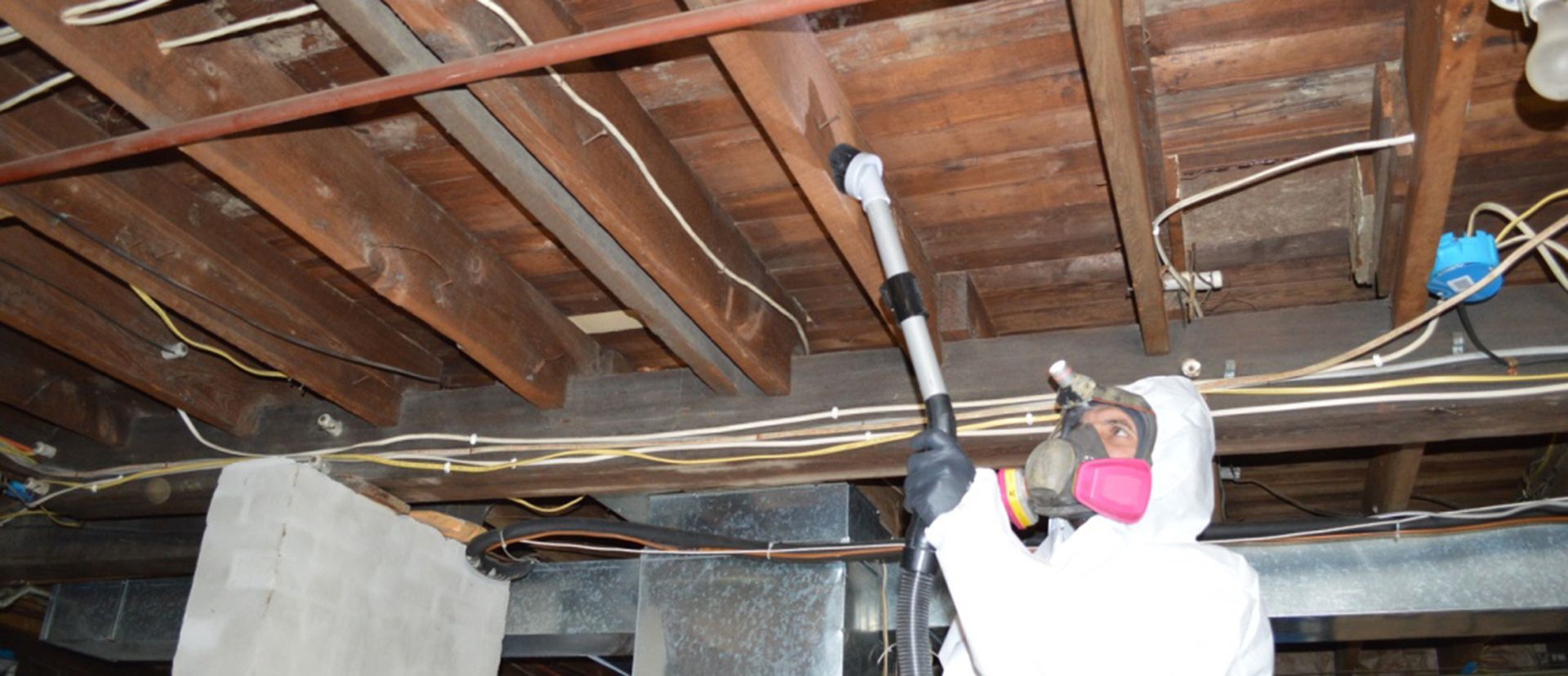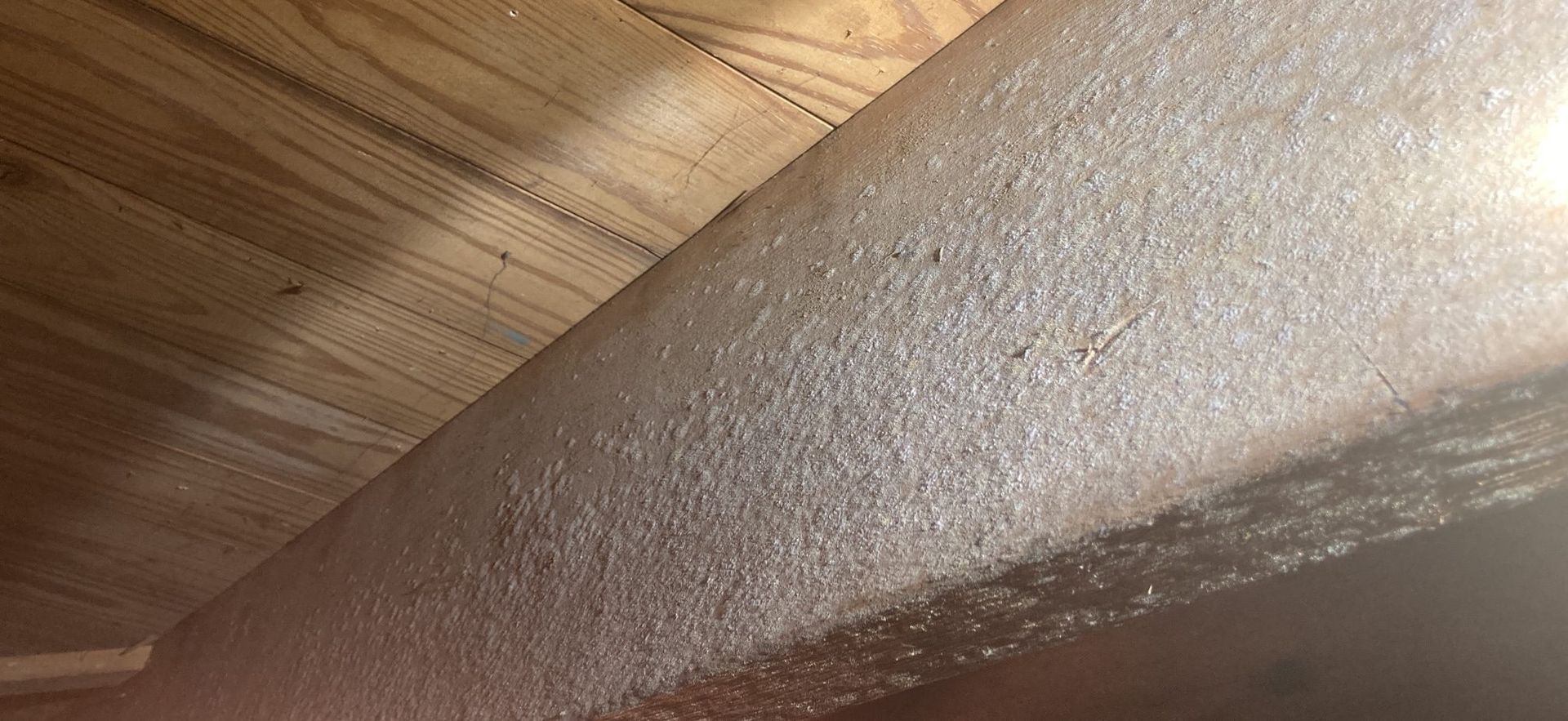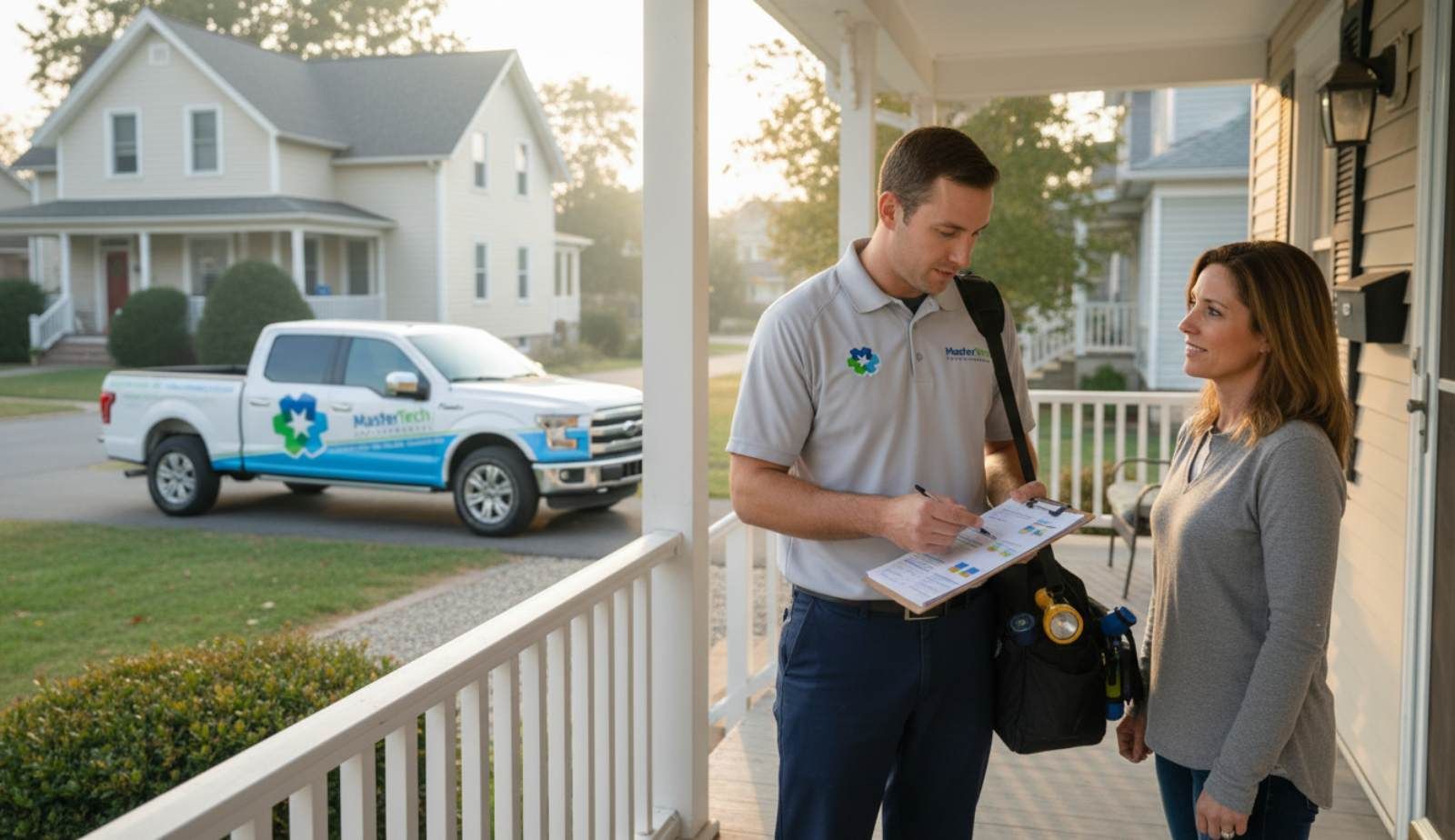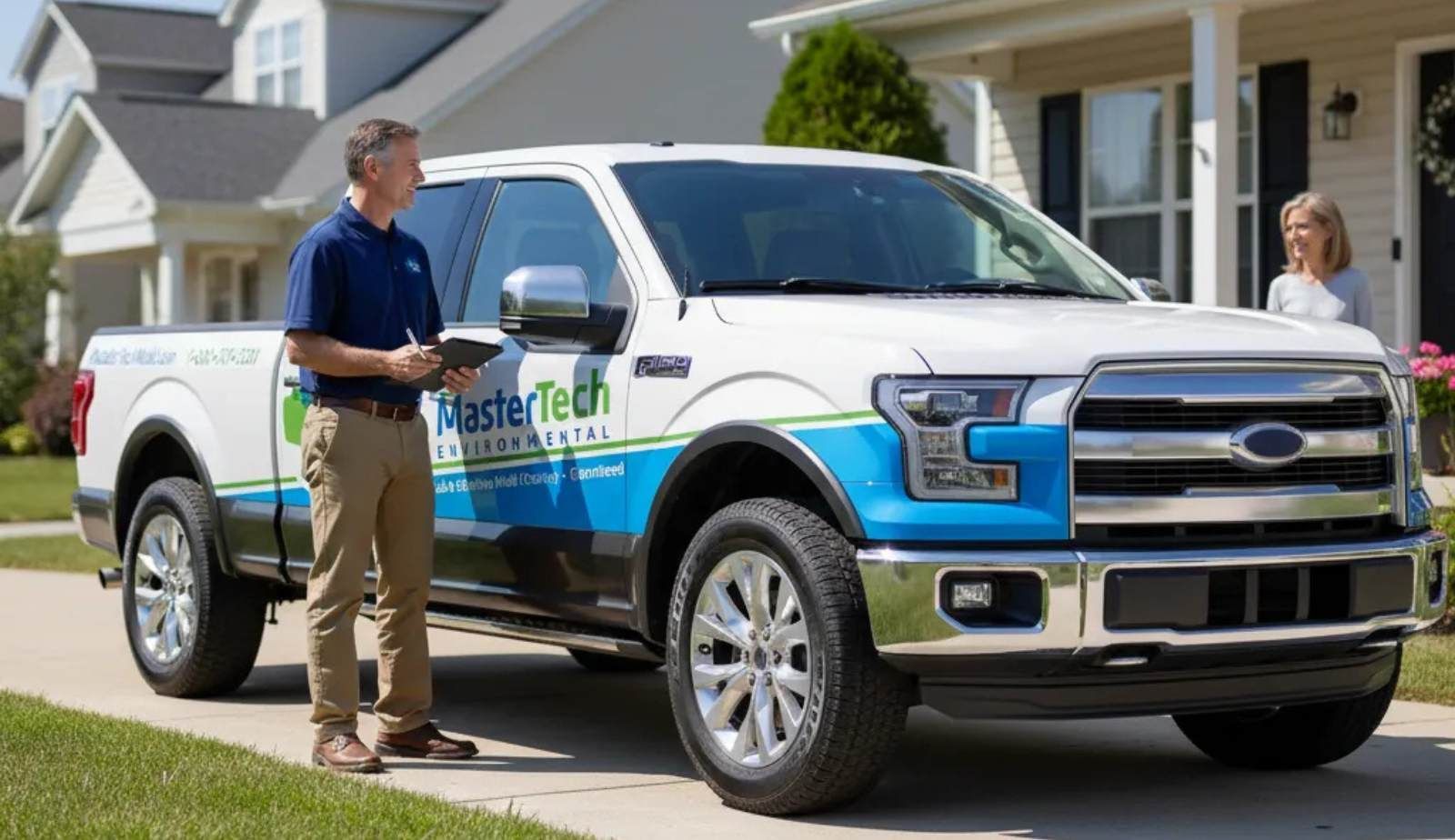Wondering why there’s mold on your crawl space floor joists?

Mold growth on crawl space floor joists is a common problem that many homeowners face.
The crawl space is a damp and dark environment, which makes it an ideal breeding ground for mold. The moisture and humidity that accumulates in the crawl space provides the perfect conditions for mold spores to grow and thrive. If left unchecked, mold growth on your crawl space floor joists can cause a variety of problems.
Firstly, mold growth can compromise the structural integrity of your floor joists. As mold grows, it can weaken the wood fibers in your floor joists, causing them to deteriorate and become brittle. This can result in your floor joists becoming unstable and sagging, which can lead to costly repairs.
Secondly, mold growth can also pose a health risk to you and your family. Mold spores can rise upwards through stack effect (hot air rises) and cause respiratory problems, allergies, and other health issues, especially in people in the main living areas of the home.
Heating and air conditioning ducts can also cause new mold or aggravate an existing mold mold issue - especially in humid areas. Uninsulated ducts (which most are) tend to experience condensation. The problem with condensation from the crawl space ducts is that it eventually evaporates or drops to the ground. In either case, these water vapors rise up and deposit damp air onto the floor joists and sub floor. Over time, this repeated exposure to moisture will cause mold to develop on floor joists throughout the crawl space.
If you suspect that you have mold growth on your crawl space floor joists, it is important to have it inspected and remediated as soon as possible.
Here are some of the most common causes for mold on your crawl space floor joists:
- High humidity
- Rising ground-water vapors from exposed dirt floor
- Lack of proper ventilation and/or dehumidification
- Improper/insufficient insulation
- Condensation from pipes and ducts
- Water leak from above
- Flooding
Many people are under the impression that you have to have a flood or leak in order to have mold. In actuality, mold naturally develops on most crawl space floor joists due to humidity or lack or air movement. Add rising ground water vapors to the mix and you have ideal conditions for floor joist and sub floor mold growth. Something as simple as improper insulation can cause moisture related problems like condensation. Too much insulation can prevent proper airflow and ventilation throughout the crawl space.

What to do about mold on your crawl space floor joists?
Contact a reputable mold inspection and/or remediation company that services your area. Have them inspect and prepare a scope of work that is necessary to safely remove the problem. Have them also make recommendations after the remediation for preventing mold from returning to your crawl space floor joists. Ensure that the chosen mold remediation company will be removing mold from the exposed and accessible surfaces in the crawl space. Ask about their mold remediation process - specifically for crawl spaces. These should include:
- Containment of the affected areas.
- Removal of unsalvageable, mold-contaminated building materials.
- Hepa vacuuming exposed surfaces.
- Application of concentrated hydrogen peroxide agent to “boil” embedded mold roots from the exposed surfaces.
- Physical scrubbing and wiping mold spores from exposed surfaces.
- Application of a people-and-pet safe antimicrobial agent on exposed surfaces.
- Re Hepa-vacuum exposed surfaces (using new brush tips).
- Have surfaces tested to confirm proper cleanup.
- Ensure that all cleaned framing and materials have normal moisture content.
- Apply clear, mold resistant coating to wood framing and building materials.
Can I sell my home with mold on the crawls space floor joists?
Not likely, unless you sell the property “as is.” Most home buyers now days are educated and aware of mold and many have mold inspections done in addition to their regular home inspection. If mold is discovered during a home inspection, don’t panic. It can likely be cleaned. Contact a reputable mold remediation contractor that guarantees their work.
Let’s face it, mold growth on your crawl space floor joists can cause serious problems if left unchecked. If you suspect that you have mold growth in your crawl space, it is important to have it inspected by a professional and treated to prevent further damage to your home and ensure the health and safety of your family.
To learn more about Mastertech Environmental Franchise opportunities, please call 800-559-5338 or click here: https://www.mastertechfranchise.com/contact-us
Get in Touch
Contact Us
Don't be a stranger!
30 Broad St, Unit 7
Denville, New Jersey 07834



